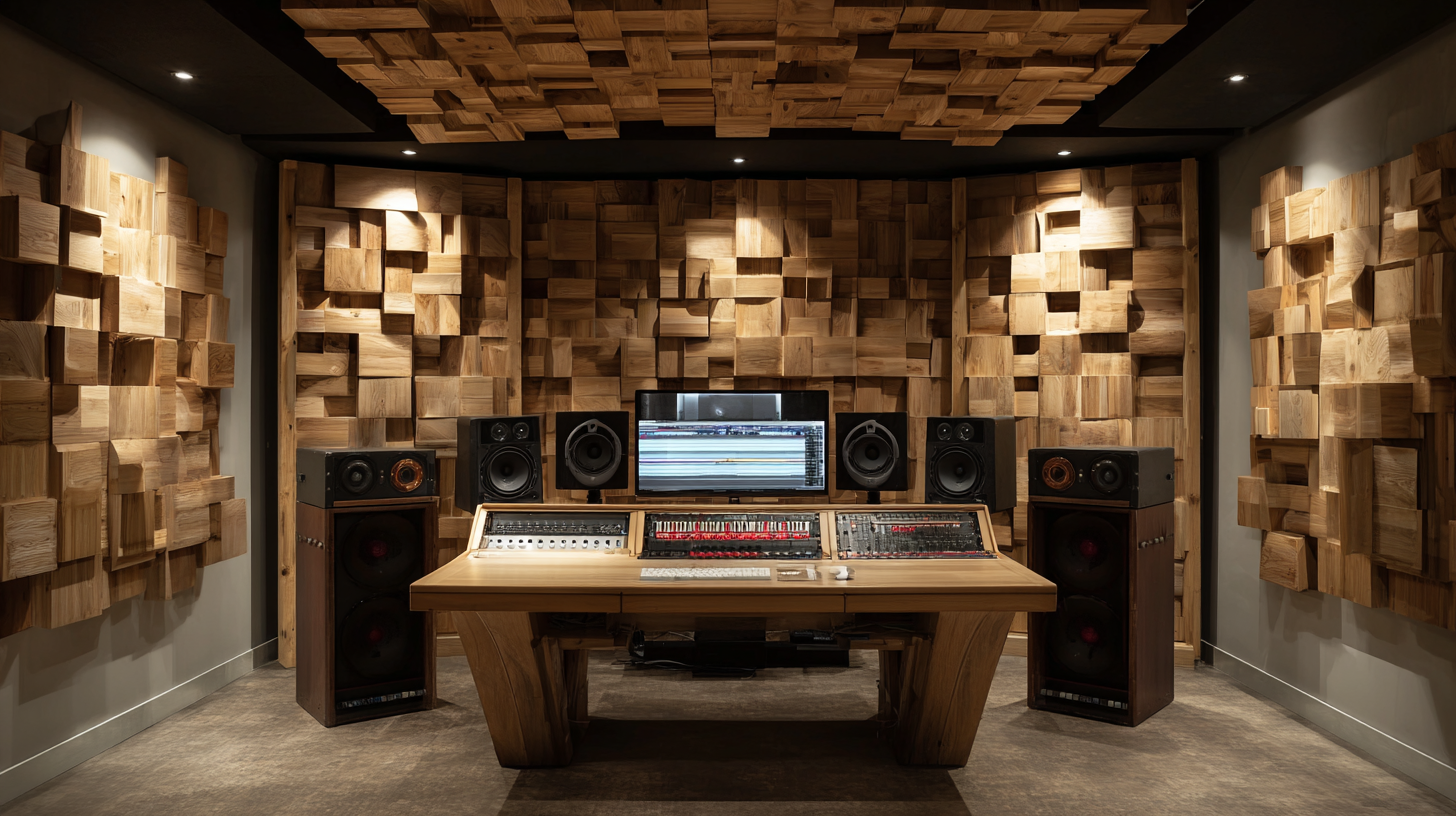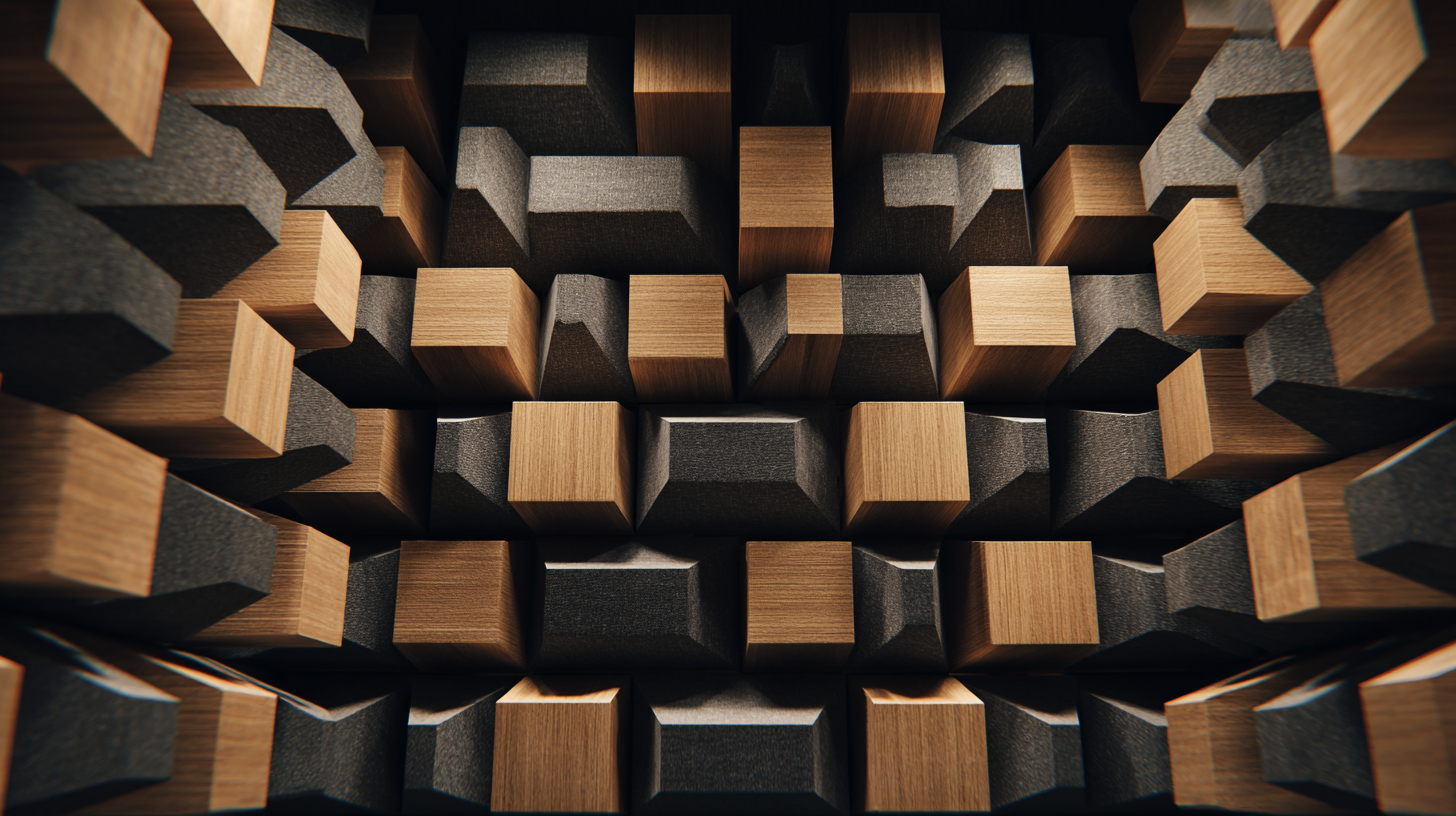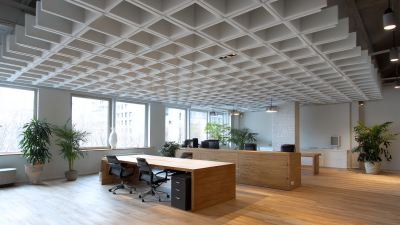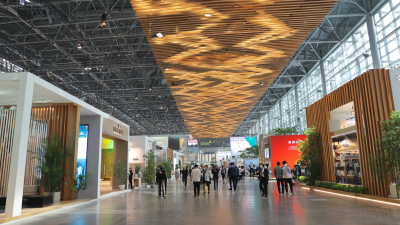Blog
The Science Behind Acoustic Treatment Panels and Their Impact on Sound Quality
In today's world, sound quality is a fundamental aspect of any audio experience, whether in music production, podcasting, or even home entertainment systems. One of the key components influencing this quality is the use of acoustic treatment panels. These specialized panels are designed to absorb, diffuse, and reflect sound waves, creating a balanced acoustic environment.

Understanding the science behind acoustic treatment panels can significantly enhance the effectiveness of sound control in various spaces. This article will delve into how acoustic treatment panels work, the materials used, and the principles that guide their design, ultimately providing you with insights on how to optimize your acoustic setup for superior sound quality.
By mastering the use of these panels, you can transform your audio environment and significantly improve the listening experience, whether it be in a recording studio, a home theater, or a simple living space.
The Fundamental Principles of Sound Wave Behavior in Enclosed Spaces
 In understanding the profound impact of acoustic treatment panels on sound quality, it's imperative to delve into the fundamental principles of sound wave behavior in enclosed spaces. Sound waves, as mechanical waves, propagate through air by creating oscillations that interact with various surfaces. According to a study by the Acoustical Society of America, up to 90% of sound can be absorbed by soft surfaces such as acoustic panels, effectively minimizing echo and reverberation. This absorption changes how sound waves reflect within a room, leading to clearer audio, which is particularly essential in environments like recording studios or lecture halls.
In understanding the profound impact of acoustic treatment panels on sound quality, it's imperative to delve into the fundamental principles of sound wave behavior in enclosed spaces. Sound waves, as mechanical waves, propagate through air by creating oscillations that interact with various surfaces. According to a study by the Acoustical Society of America, up to 90% of sound can be absorbed by soft surfaces such as acoustic panels, effectively minimizing echo and reverberation. This absorption changes how sound waves reflect within a room, leading to clearer audio, which is particularly essential in environments like recording studios or lecture halls.
Moreover, the frequency of sound waves plays a crucial role in acoustic treatment efficacy. Low-frequency sounds, or bass frequencies, are often less absorbed by standard materials, leading to problematic buildup and muddiness in enclosed spaces. Research indicates that specialized bass traps can absorb up to 95% of low frequencies, as found in reports from the Audio Engineering Society. Integrating these solutions not only enhances acoustic quality but also contributes to an enjoyable auditory experience, making the science of sound wave behavior critical in designing effective acoustic treatments.
Understanding the Types of Acoustic Treatment Panels and Their Materials
Acoustic treatment panels come in various types and materials, each designed to address specific sound quality issues. Common types include absorption panels, diffusion panels, and bass traps.
Absorption panels, typically made from foam or fiberglass, are effective at reducing mid to high-frequency sound reflections, making them ideal for recording studios and home theaters.
Diffusion panels, often constructed from wood or specialized compounds, scatter sound waves, providing a more balanced sound in larger spaces.
Bass traps, designed for low frequencies, are usually made with dense materials and are placed in corners to effectively minimize bass buildup.
When selecting acoustic treatment panels, consider the materials and their impact on sound absorption. Foam panels are lightweight and easy to install but may lack the performance of denser materials. For improved sound control, investing in panels made from mineral wool or plywood can provide better overall results.
Tips: To enhance the effectiveness of your acoustic treatment, strategically place panels at first reflection points, typically on the walls adjacent to speakers. Additionally, ensure that you include a mix of absorption and diffusion panels to create a well-balanced acoustic environment tailored to your specific needs.
Quantifying the Sound Absorption Coefficients of Different Acoustic Panels
When considering the acoustic treatment of a space, understanding the sound absorption coefficients of different panels is crucial. These coefficients quantify how much sound is absorbed by a material, which in turn affects the overall sound quality in a room. Various acoustic panels, such as fiberglass, foam, and wood, exhibit different absorption rates depending on their material properties, thickness, and texture. For instance, thicker panels generally provide better absorption at lower frequencies, making them ideal for music recording studios or home theaters.
Tips for improving sound quality in your space include strategically placing acoustic panels to target reflective surfaces, such as walls and ceilings, which can drastically reduce echo. Additionally, combining different types of panels can create a balanced acoustic environment. For best results, consider testing various panel placements with a decibel meter to identify areas where sound absorption is most effective.
Educating yourself on the specific absorption coefficients of the materials you want to use can also lead to more informed decisions. Manufacturers often provide data sheets that outline these numbers, enabling a more tailored approach to acoustic treatment that enhances sound quality and creates a more enjoyable auditory experience.
Analyzing the Impact of Acoustic Treatment on Reverberation Time in Various Environments
 Acoustic treatment panels play a crucial role in enhancing sound quality by impacting reverberation time across various environments. Reverberation time, or RT60, is the time it takes for sound to decay to one-millionth of its original amplitude. In spaces such as recording studios, auditoriums, and home theaters, managing reverberation is essential to achieve clarity and fidelity in sound reproduction. By strategically placing acoustic panels, one can significantly reduce unwanted reflections and echoes, leading to a more controlled auditory experience.
Acoustic treatment panels play a crucial role in enhancing sound quality by impacting reverberation time across various environments. Reverberation time, or RT60, is the time it takes for sound to decay to one-millionth of its original amplitude. In spaces such as recording studios, auditoriums, and home theaters, managing reverberation is essential to achieve clarity and fidelity in sound reproduction. By strategically placing acoustic panels, one can significantly reduce unwanted reflections and echoes, leading to a more controlled auditory experience.
Tips: When setting up your acoustic treatment, consider the placement of the panels. Focus on areas where sound waves are likely to bounce, such as corners and flat surfaces. Bass traps in corners can effectively absorb low frequencies, reducing muddiness. Additionally, using a mix of absorption and diffusion panels can create a balanced sound environment, preventing the room from becoming overly dead or too live.
In environments like conference rooms or classrooms, proper acoustic treatment fosters better communication by minimizing distractions caused by poor sound quality. By evaluating the reverberation time before and after installing acoustic panels, one can measure improvements in clarity and overall sound experience. Utilizing a combination of wall, ceiling, and floor treatments will yield the best results, ensuring a pleasant acoustic atmosphere for various activities.
Case Studies: Real-World Applications of Acoustic Panels and Their Effectiveness
Acoustic panels have gained significant attention in both residential and commercial spaces due to their ability to enhance sound quality effectively. Recent case studies reveal the remarkable impact these panels have in various environments. For instance, a study in a corporate office highlighted a 30% reduction in noise levels after the installation of acoustic panels, leading to improved employee productivity and satisfaction. Similarly, a music studio reported a dramatic enhancement in sound clarity, showcasing that the right acoustic treatment can be pivotal in optimizing sound performance.
When considering the effectiveness of acoustic panels, it’s crucial to focus on materials that are specifically engineered for sound absorption. The latest advancements in sustainable building materials have led to the development of energy-efficient geopolymer wall panels, which not only serve as a structural component but also contribute positively to acoustic performance. These materials help to create multifunctional environments that prioritize sound control without compromising sustainability.
**Tips:** When selecting acoustic treatment panels, consider high-density materials for better sound absorption. Additionally, blending aesthetic design with functionality can enhance the overall ambiance of your space while effectively reducing noise pollution. Lastly, conduct a sound analysis of your environment to determine the optimal placement and specification of panels for maximum effectiveness.
The Impact of Acoustic Treatment Panels on Music Recording Quality
This chart illustrates the impact of acoustic treatment panels on sound quality in music recording environments. The sound quality rating, measured on a scale from 1 to 10, shows a significant improvement after the installation of acoustic panels.
Related Posts
-

Exploring Noise Insulation Innovations: Insights from the 138th Canton Fair 2025 and Industry Growth Projections
-

Transform Your Space: The Ultimate Benefits of Noise Reduction Panels for Home and Office
-

Understanding the Science Behind Noise Reduction Panels and Their Impact on Acoustic Comfort
-

Discovering Trends in Interior Panels at the 138th Canton Fair 2025 in China
-

Transform Your Space: The Ultimate Guide to Effective Noise Reduction Panels
-

Exploring Acoustic Windows Trends at 2025 China Import and Export Fair
